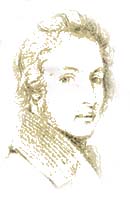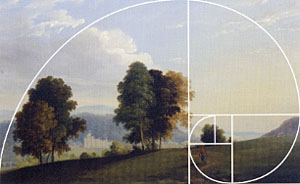

An Appreciation of Thomas Peploe Wood by David Gleeson
 |
| |
In his sketches, Wood often combines an accurately observed image with a fine use of tonal washes. When using washes, Wood mostly built up one on top of the other, rather than using a gradated wash. This was in the fine English tradition as exemplified by Girtin and Turner at the turn of the 19th century. He would have carefully positioned himself before starting his study, drawn in the main elements with due thought about the Golden Section, then added details. The main tones will have been indicated on site and he will have worked up the piece into a finished, ‘tinted’ drawing back in his studio. In fact, most of his topographical drawings have little regard for ‘local colour’ and show his preoccupation with shape and tone.
This collection is a marvelous example of the work of a visual artist precisely ‘recording’ his world in the middle of the 19th Century. At this time there was no other, quicker means of capturing a scene. Topographical views were very popular in the early part of the century and Wood seems to have found a ready niche for his obvious skills. His patrons would have required accurate and recognisable images to show to friends and visiting dignitaries.
I like to think of Wood setting off on a drawing trip, small bag holding his art materials, money in his pocket for beer and food, shod in shoes from Stafford (maybe even made by his father) and a small diary to note expenses and things of interest. Wood lived and worked in interesting times!” David Gleeson Artist January 2009
| The Golden Section, image on the right- a popular theory of composition that explains one of the main ways that artists compose pictures. The artist believed that the ‘Golden Ratio’ (about 1.61, approximately a third) was aesthetically pleasing. |  |